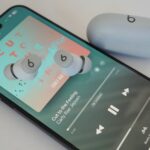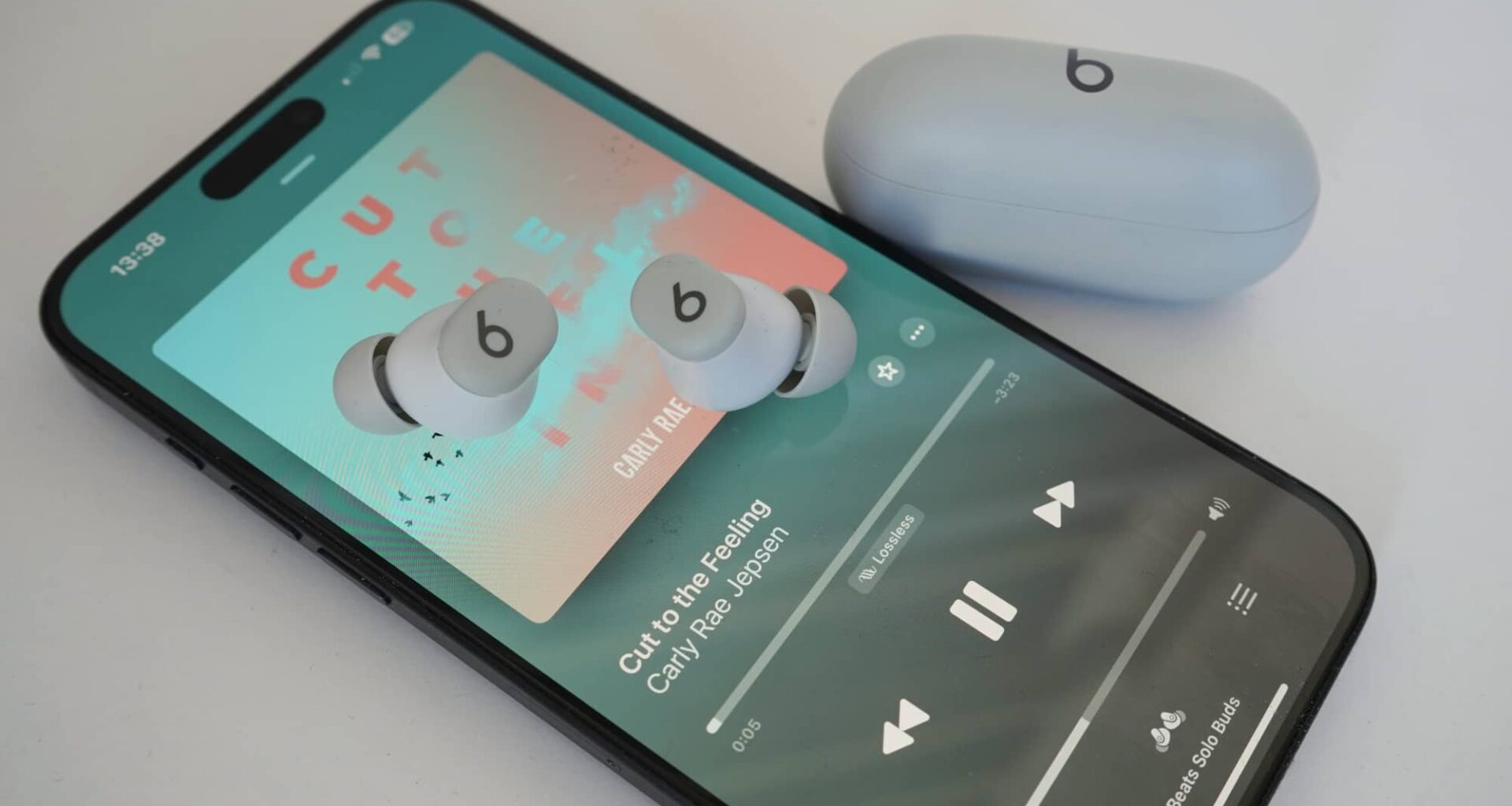Quick review
The good
The not-so-good
Budget earphones often fall into the category of “cheap and nasty”, but with the $129 Solo Buds, Beats is close to the former and away from the latter.
Budget earphones often fall into the category of cheap and nasty, and we’d know; after reviewing models from both the high-end and the low, we can tell you inexpensive can often be awful. Spend the money on cheap technology and you may quickly find out why.
Even though the democratisation of technology is gradually improving the low- and mid-range, there’s still a chance you’ll end up with something more offensive than if you had spent proper dollars. It happens. Not every company gets it right.
However, some brands are trying to be different.
Less expensive newcomers are offering value, and even so are some of the big ones, starting with Beats. Once a player mostly for the high-end, the brand as-worn-by celebrities is appealing new listeners, as the Solo Buds vie for attention of a different demographic: budget-conscious buyers.

Design and features
Called the Beats Solo Buds, they’re a play on the larger on-ear Beats Solo models we’ve seen over the years. The Beats Solo headphones are practically the original Beats, offering Beats-tuned sound without active noise cancellation, and that is largely what the Solo Buds are.
There’s not much to this design, but you do still get the “b” made famous by Dr. Dre and Beats, albeit in a minimalist look.
Forget the stems of the AirPods or the teardrop of practically any Jabra earphone, because the Solo Buds are just thick little dots for your ears. Little but slightly chunky dots of truly wireless sound.
Don’t expect noise cancellation here, though; the Solo Buds offer similar features to their Solo 4 siblings, with wireless sound, a battery, an app for Android and built-in settings for iOS, and that is roughly it. They’re relatively basic, though that’s not necessarily a bad thing.
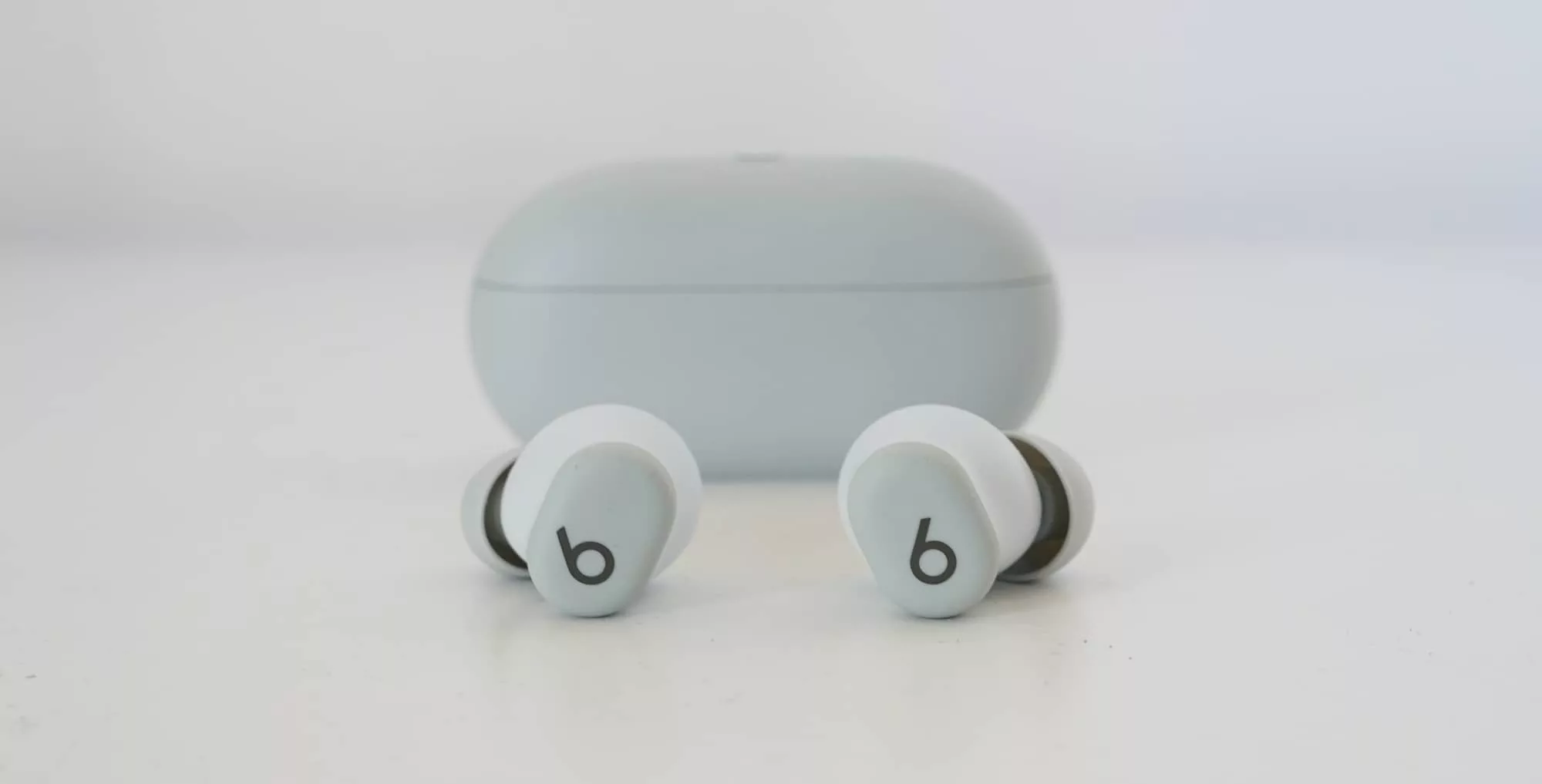
In-use
Open the small pill box up and the Solo Buds will pair easily enough, though if you need to launch them into pairing mode, you can hold down the button at the top of each (just above the “b”). That spot is the button in general, which is where single taps will get you pause and play, double to change tracks, or holding down for other commands, such as volume changes.
Mostly, the Solo Buds are easy to use: wear them, play them, listen to them. Easy, right? But the buttons could be easier to use, and could be slightly better than a single push button.
You do get a few ear tip choices in the box, however, and at least charging them is easy: rest them in the case and plug a USB-C cable in.
It’s worth noting the Solo Buds won’t charge when the case isn’t plugged into a cable. There’s no battery in this case, so they only start seeing a recharge when they’re actually plugged into a power source.
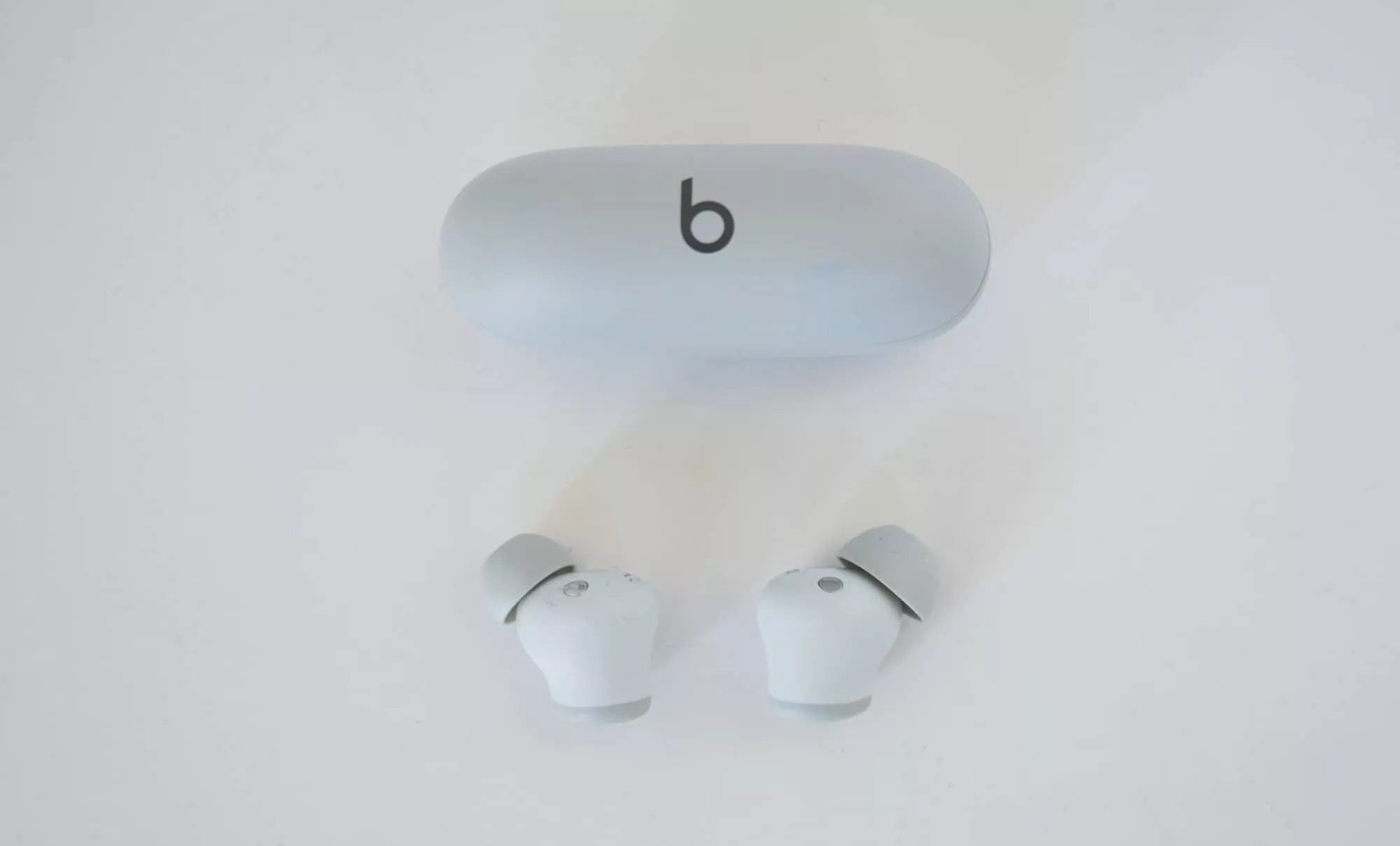
Performance
You should only need to worry about that when it’s time to charge. When it’s time to listen, throw the Solo Buds in (one for each ear), and get to it.
Test with the Pickr Sound Test, we found the Beats Solo Buds sounded better than their diminutive price point would suggest.
Kicking off with electronic from Tycho and Daft Punk, there’s a surprisingly wide sound stage with a mostly bright sound. The bass is there, but it’s a lighter touch than you may expect, offering decent highs, but some underhanded mids and lows.
This isn’t a warm sound, and that vibe continues across most of the genres.
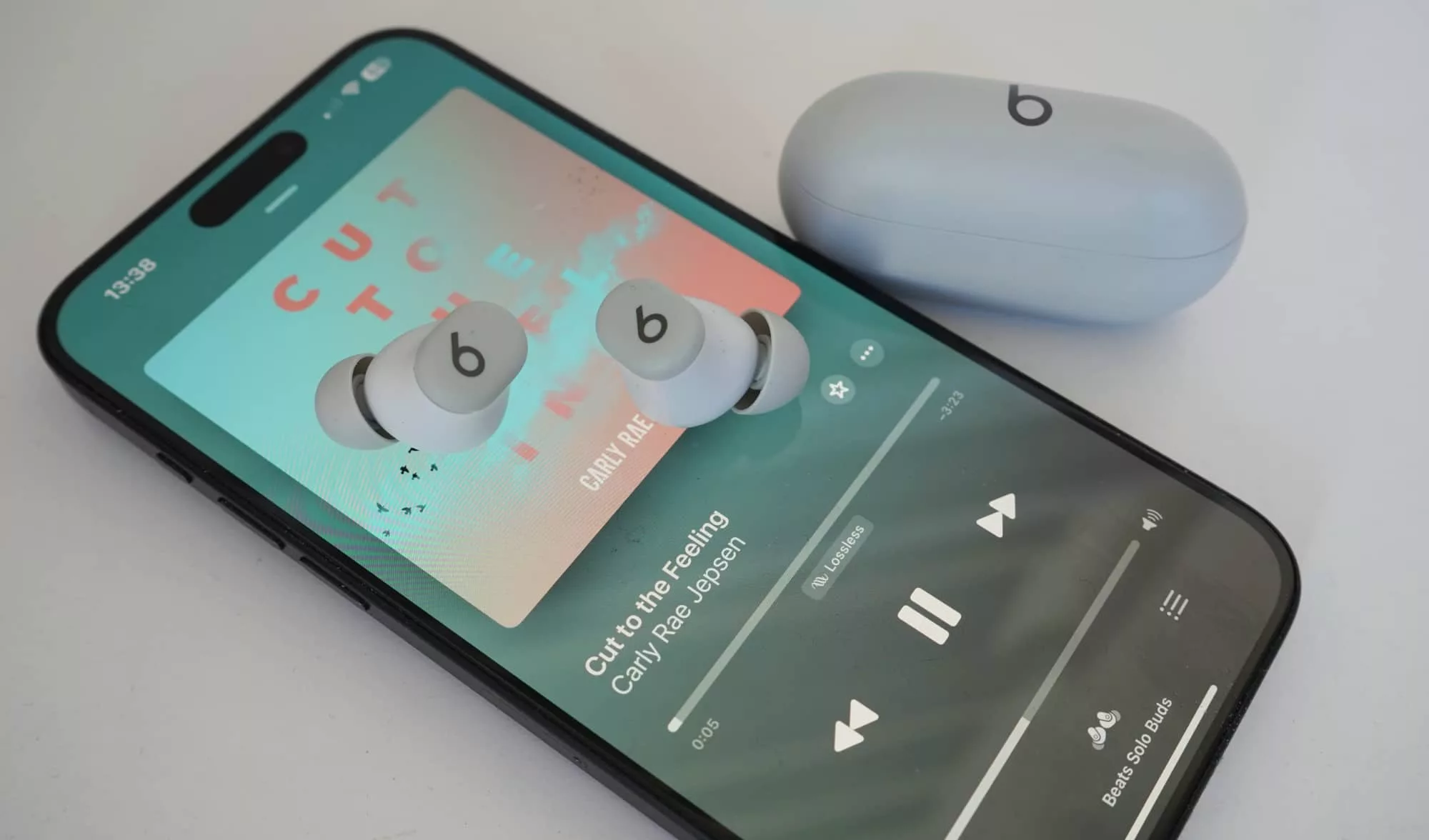
In the punchy pop of Carly Rae Jepsen, the sound is dynamic and bright, much like the colours exuded by the singer’s album covers and music videos. In the warbling rock of Muse, the bass doesn’t rumble and gurgle as much as you might expect, but the highs of the singer are clear and the separation with it.
Really, it’s in classic tunes without as much emphasis on engineering that we see the Beats Solo Buds do their best deliveries. In Bowie, The Beatles, and the bass of Christian McBridge, the lack of a bass presence isn’t quite as felt, and you still can hear the music totally clearly.
Older tracks seem to fare better even with this lighter touch, giving you a decent rendition if that’s the sort of music you’re into.

Spatial audio
You also get spatial sound in the Solo Buds, but not in the way you might expect. Simply put, Dolby Atmos audio is supported on iPhone, but because there’s no head tracking, the Atmos experience can sound a little weird, if not hamstrung.
Pickr’s Sound Test includes some Atmos tracks, and while most headphones bypass the Atmos variation unless they’re made by Apple or Beats, these earbuds do not. In fact, because they are made by Beats, they include the support for Atmos, which sounds plain weird without head tracking.
Take Ariana Grande’s “Into You”, which delivers a heavier dose of bass than the Solo Buds normally deliver — great! — but then throws some of the other channels out, and makes the sound come across as airy and shallow.
You should be getting a more spatial sound, and with a pair of earbuds that offers head-tracked spatial, that’s exactly what you’d get. But without it, the spatial just comes across as awkward and airy.
It’s not always this way: in Marvin Gaye’s “Ain’t No Mountain”, the spatial treatment wasn’t as awkward, and we were treated to a much wider variation that worked.
The problem is the Solo Buds spatial experience isn’t reliable, and it can be bit of a miss. We’d leave the feature switched off. Android owners won’t have to worry about it, mind you, as this is an iOS-only thing.
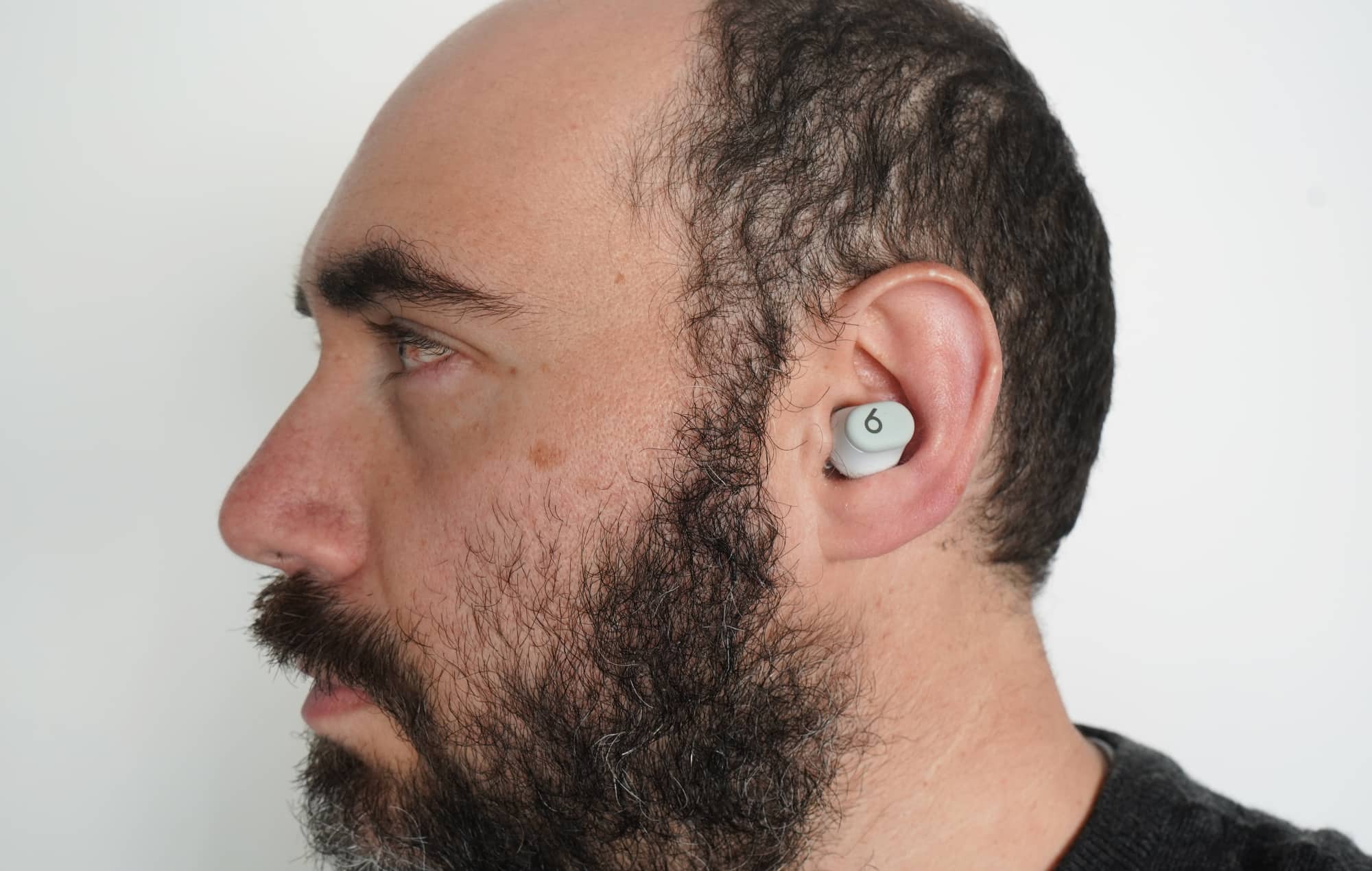
Battery
Regardless of the operating system you use, the battery is where things get interesting, largely because the Beats Solo Buds deviate from most other true wireless earbuds and earphones.
The regular approach for true wireless models is to include a small battery in the earpiece and a battery charger in the case, giving you a way to quickly recharge the small battery using a bigger battery when they’re not being used. That’s par for the course for pretty much every truly wireless pair we’ve ever seen.
With the Solo Buds, Beats is taking a different path. Instead, the Solo Buds include a battery with as much as 18 hours of life, but no battery in the case.
It’s an interesting approach and a clever one at that. It seems like a negative initially, but 18 hours isn’t bad battery life for an inexpensive pair of earphones, even if you don’t get a charger in the box.

The Solo Buds won’t stay on the entire time, either. Magnets in the pill box case switch the Buds to standby when they’re inside, so you’re not wasting power unnecessarily. That’s handy, because it means your 18 hour maximum life could be maxed out through an entire 18 hour session or over several days.
Frankly, if you only listen for a couple of hours per weekday, such as with the morning and evening workday commute, you might find closer to two weeks of battery life, with the Buds easily charged using USB-C once inside the case. You can even technically charge them from the USB-C of the iPhone 15 range, which we suspect is largely what Beats is going for.
Value
The price is also quite interesting, attracting budget buyers with a $129 tag. Given the brand name, the low price point makes a lot of sense, even if there’s no noise cancellation or battery to extend things.
Both of those are things that can make up some of the difference in smaller brands, but possibly the one thing the Beats Solo Buds has working for it is the brand. You simply don’t see big brands competing at a low price point.

What needs work?
While the sound, value, and battery life aren’t bad, there are some things that stand out as negatives, starting with how you control the Solo Buds.
Technically, there is a button on each side. You can push to pause and play, and even hold down the button to change the volume. But even though these are simple button controls, we found the buttons weren’t easy to push. At times, it felt as though pushing the buttons was like jamming the earphones deeper in our ears.
If anything, touch controls would have been a better choice, but the Solo Buds are budget earbuds, so that’s probably not on the cards.
Beyond this, the only other major qualm is the lack of an LED on the case. There’s no light because there’s no battery, but an LED could still offer a simple traffic light indication as to whether your Buds have charge or not when you grab them.
You also won’t find a USB-C cable in the tiny box, but given there’s no LED or noise cancellation, this probably won’t come as much of a surprise.
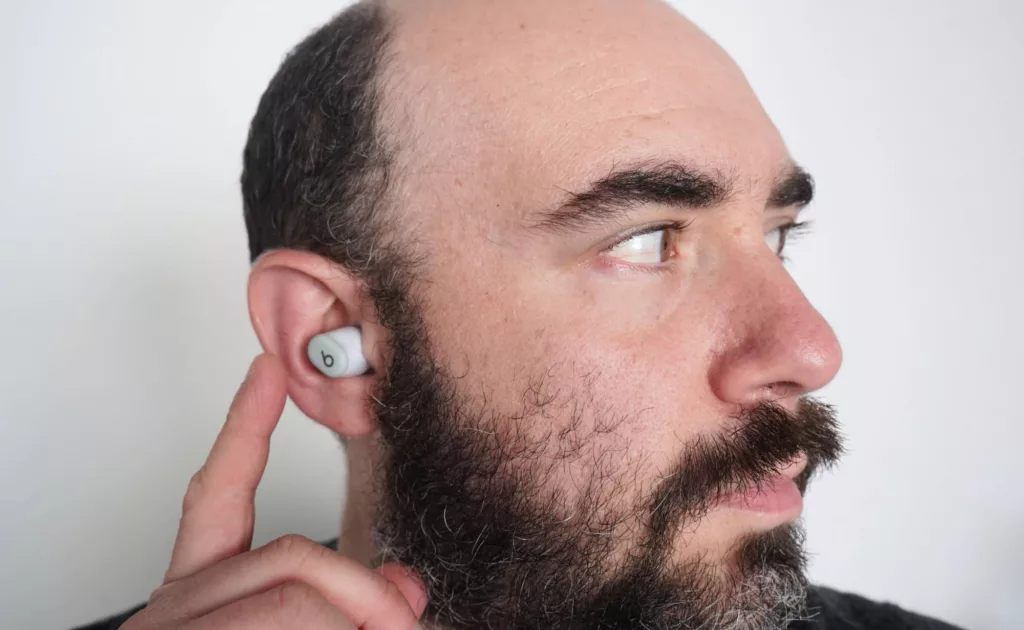
Beats Solo Buds vs the competition
Regardless of any niggles, the $129 price point is a really intriguing position for a premium-branded product to be in. While it’s not unusual for rivals to be playing for a piece of the budget market, it is unusual to see a large brand there.
JBL has several pairs, but otherwise, the sub-$130 price point largely consists of Skullcandy, BlueAnt, and other inexpensive in-house options your local electronics shop might offer.
Bose can’t be found at this price point, and neither can Sennheiser. LG can, but only on discount. Jabra has offerings, but now that Jabra has discontinued its consumer-grade options, not everyone will be game.
Beats is doing something very interesting with this pair, and the competition might seem fierce given the low price point, but it isn’t. You essentially have a choice between cheap-as-chips noname (or low-name) options, and then the handful of big brands competing.
Very few of these competitors offer earphones with apps, and they may not have the style and cache Beats brings to the category.
The only major player competing comes from Sony’s WF-C500, a pair that also lacks noise cancellation, but comes with an app and an inexpensive price, being found for around the $129 mark at the time this review was published.
For our money, we’d probably look at the Beats over the Sony, but we think there’s also better competition from Anker’s Soundcore range, such as the similarly-priced Space A40. While Soundcore isn’t as well known and lacks the panache of Beats, the fact that you can get a great sounding pair with noise cancellation for roughly the same price makes Soundcore the obvious competitor, not Sony.
Really, it comes down to basics when comparing your options: if you’re buying for someone who values brands, pick the Beats. And if not, look at the Soundcore.
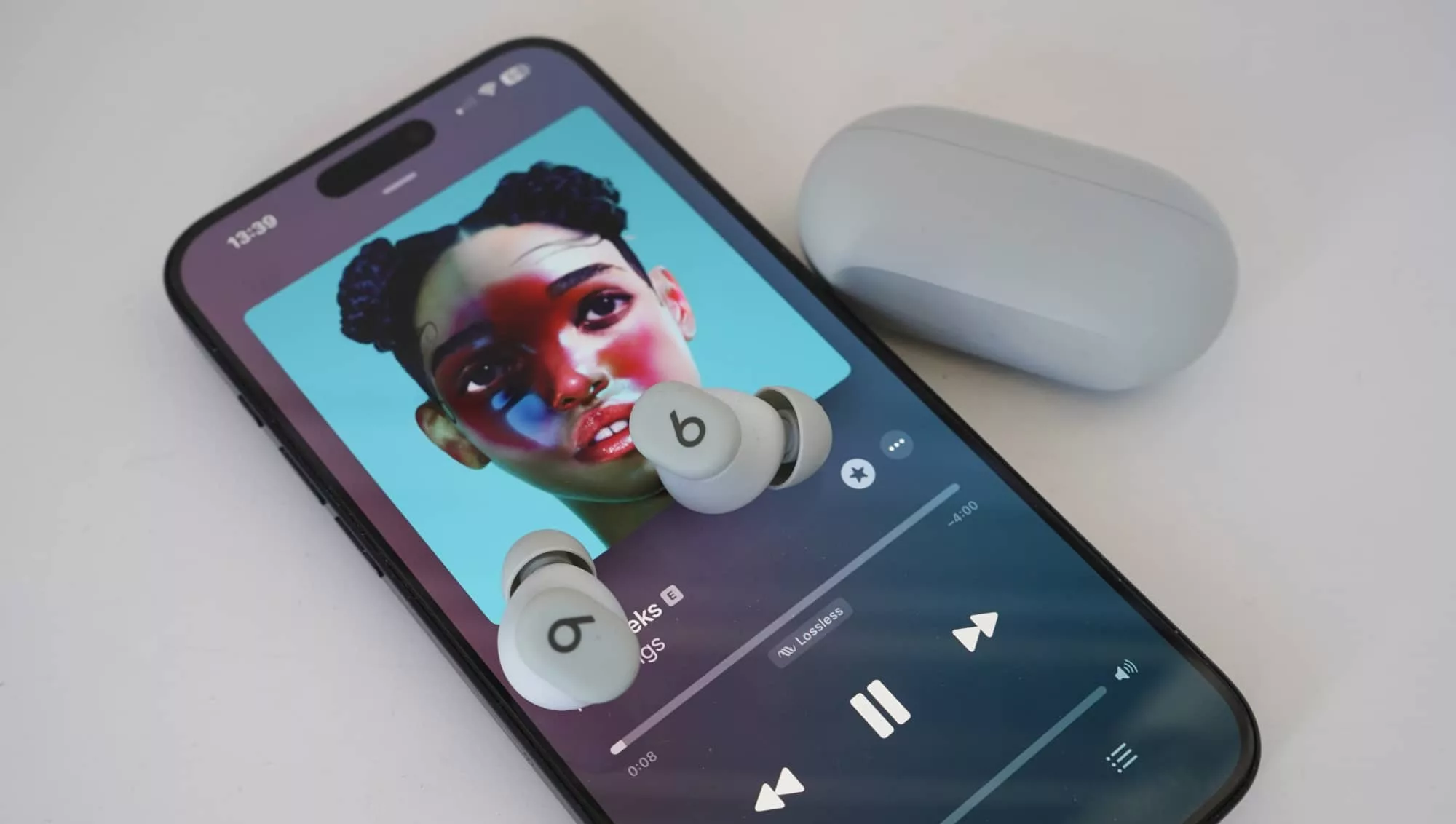
Final thoughts (TLDR)
That said, there will be plenty of people who prefer the brand. It’s to be expected.
Kids, teens, and even adults who grew up when Beats was coming into its own will more than likely pick the brand name before anything else. And to Beats’ credit, the Solo Buds are pretty solid.
They lack noise cancellation — that’s a totally valid complaint and omission — but for $129, they’re also excellent value all the same. The sound quality is good enough for jazz (and plenty of other genres), the design is top notch, and the price just makes sense.
There are things that could be better, but a big brand for very little actually works here. The Solo Buds are budget basics that won’t break the bank.
